How to choose suitable refractory materials based on specific usage environments?
The selection of suitable refractory materials based on specific usage environments requires consideration of the following key factors:
1、 Temperature conditions
Duration and peak temperature of high temperature
If the usage environment is in a high temperature state for a long time, such as a continuously operating steel smelting blast furnace, it is necessary to choose refractory materials with high refractoriness and stable performance at high temperatures. For example, for the hearth of a blast furnace, due to long-term exposure to high-temperature molten iron and slag erosion, as well as enormous pressure, carbon bricks from advanced refractory materials are usually selected. Carbon bricks have high fire resistance (generally exceeding 2000 ℃), can work stably for a long time at high temperatures of 1500-1600 ℃, and have good thermal conductivity, which can effectively dissipate heat and avoid local overheating.
For environments with short-term high temperature peaks, such as some intermittent heating furnaces, materials need to have good thermal shock resistance in addition to being able to withstand peak temperatures. Silicon bricks are suitable for places with high temperature requirements such as glass melting furnaces. Their fire resistance can reach 1710-1730 ℃ and can withstand high temperatures during the glass melting process. However, the thermal shock resistance of silicon bricks is poor, so the temperature changes in the usage environment should not be too drastic.
2、 Chemical environment
Acidity and alkalinity of slag and medium
In acidic environments, such as some chemical reactors producing sulfuric acid, acidic refractory materials should be selected. Silicon brick is a commonly used acidic refractory material, mainly composed of silicon oxide, which has good resistance to acidic slag and media. For example, in the roasting furnace of sulfuric acid production, silica bricks can effectively resist the erosion of acidic substances such as sulfuric acid, ensuring the normal operation of the reaction furnace.
In alkaline environments, equipment such as steelmaking converters that produce a large amount of alkaline slag are preferred for alkaline refractory materials. Magnesia bricks are typical alkaline refractory materials with high magnesium oxide content, which can effectively resist the erosion of alkaline slag. The lining of the converter is made of magnesia carbon bricks. During the steelmaking process, when the slag is alkaline, magnesia carbon bricks can maintain good stability, reduce the rate of erosion, and thus extend the service life of the converter.
If it is a neutral chemical environment, neutral refractory materials such as alumina based corundum products can be selected. In some non-ferrous metal smelting furnaces, the chemical environment inside the furnace is relatively neutral, and corundum products have high refractoriness and good corrosion resistance to neutral media, which can meet the requirements of the smelting process.
Is there any erosion caused by special chemical substances
When there are special chemical substances in the usage environment, the tolerance of refractory materials to these substances needs to be considered. For example, in the cracking furnace of petrochemical industry, there are a large number of hydrocarbon substances and some complex chemical additives. At this time, it is necessary to choose refractory materials that can withstand high temperature and resist the erosion of these special chemical substances. Molestone bricks have good chemical stability and can maintain good performance in this complex chemical environment, and are widely used as lining materials for petrochemical cracking furnaces.
3、 Physical environment
Enduring pressure and stress
If refractory materials need to withstand significant pressure, such as in large cement rotary kilns, the weight of the kiln body and internal materials will exert enormous pressure on the kiln lining. In this case, refractory materials with high strength and good pressure resistance should be selected. Magnesium iron spinel bricks have high strength and good pressure resistance, which can withstand the pressure during the operation of cement rotary kilns, ensuring that the kiln lining will not be damaged due to excessive pressure.
For environments subjected to shear stress or impact stress, such as in some metal casting ladles, refractory materials should have good impact resistance and toughness. High alumina castables, due to their excellent toughness and impact resistance, can be used as inner liners for casting ladles. During the impact and flow of molten metal, they can maintain the integrity of the structure and prevent cracks or peeling of the inner liner.
Wear and tear condition
In environments with strong wear and tear, such as the coal powder injection pipe of a thermal power plant boiler, the high-speed flow of coal powder will cause severe wear on the pipe wall. At this time, refractory materials with good wear resistance should be selected. Silicon carbide refractory materials have high hardness and good wear resistance. When made into wear-resistant coatings or liners for coal powder injection pipes, they can effectively resist the wear of coal powder and extend the service life of the injection pipes.
4、 Other special requirements
Atmosphere conditions
In environments with a strong reducing atmosphere, such as some metal furnaces that use reduction methods for smelting, it is necessary to choose refractory materials with stable performance in the reducing atmosphere. Carbonaceous refractory materials have good stability under reducing atmosphere. For example, in a vertical furnace using direct reduction method for ironmaking, carbon bricks can adapt to the reducing atmosphere inside the furnace and ensure the normal operation of the furnace body.
In an oxidizing atmosphere, it is necessary to choose refractory materials with good oxidation resistance, such as the nozzle of a glass melting furnace. Electric fused zirconia corundum bricks not only have high refractoriness, but also strong oxidation resistance, making them suitable for use in areas such as the flame mouth of glass melting furnaces that are in an oxidizing atmosphere and have extremely high temperatures.
Thermal conductivity requirements
If you want to effectively conduct heat in the usage environment, such as in some heat treatment furnaces that require rapid heating or cooling, refractory materials with high thermal conductivity should be selected. Graphite products have high thermal conductivity and can be used in certain heat treatment equipment that requires rapid heating or cooling, which can improve the thermal efficiency of the equipment.
On the contrary, in environments that require thermal insulation, such as the outer insulation layer of high-temperature furnaces, refractory materials with low thermal conductivity should be selected. Ceramic fiber products have very low thermal conductivity and are an ideal high-temperature insulation material. When used for the outer insulation of furnaces, it can reduce heat loss and improve energy utilization efficiency.


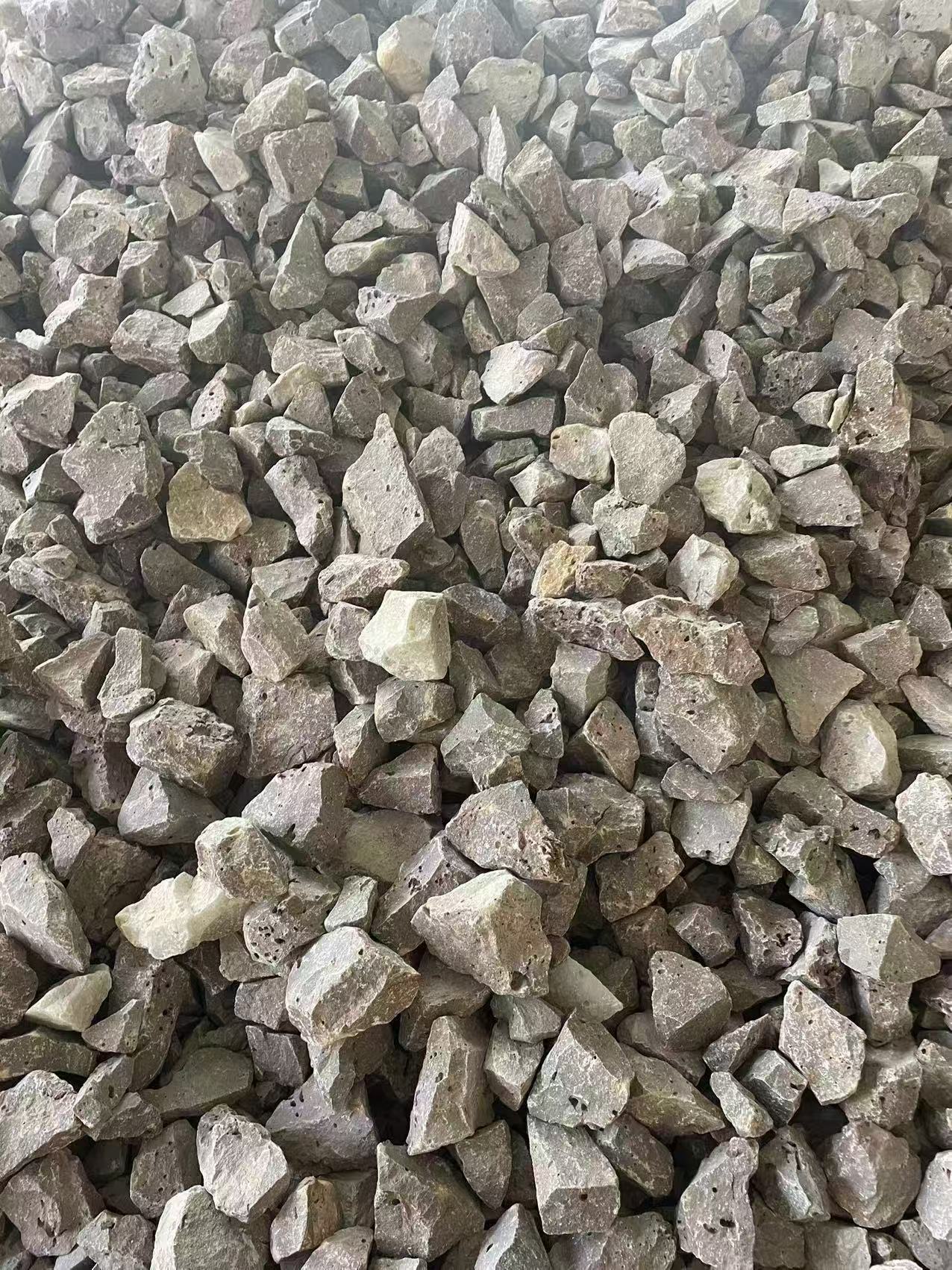
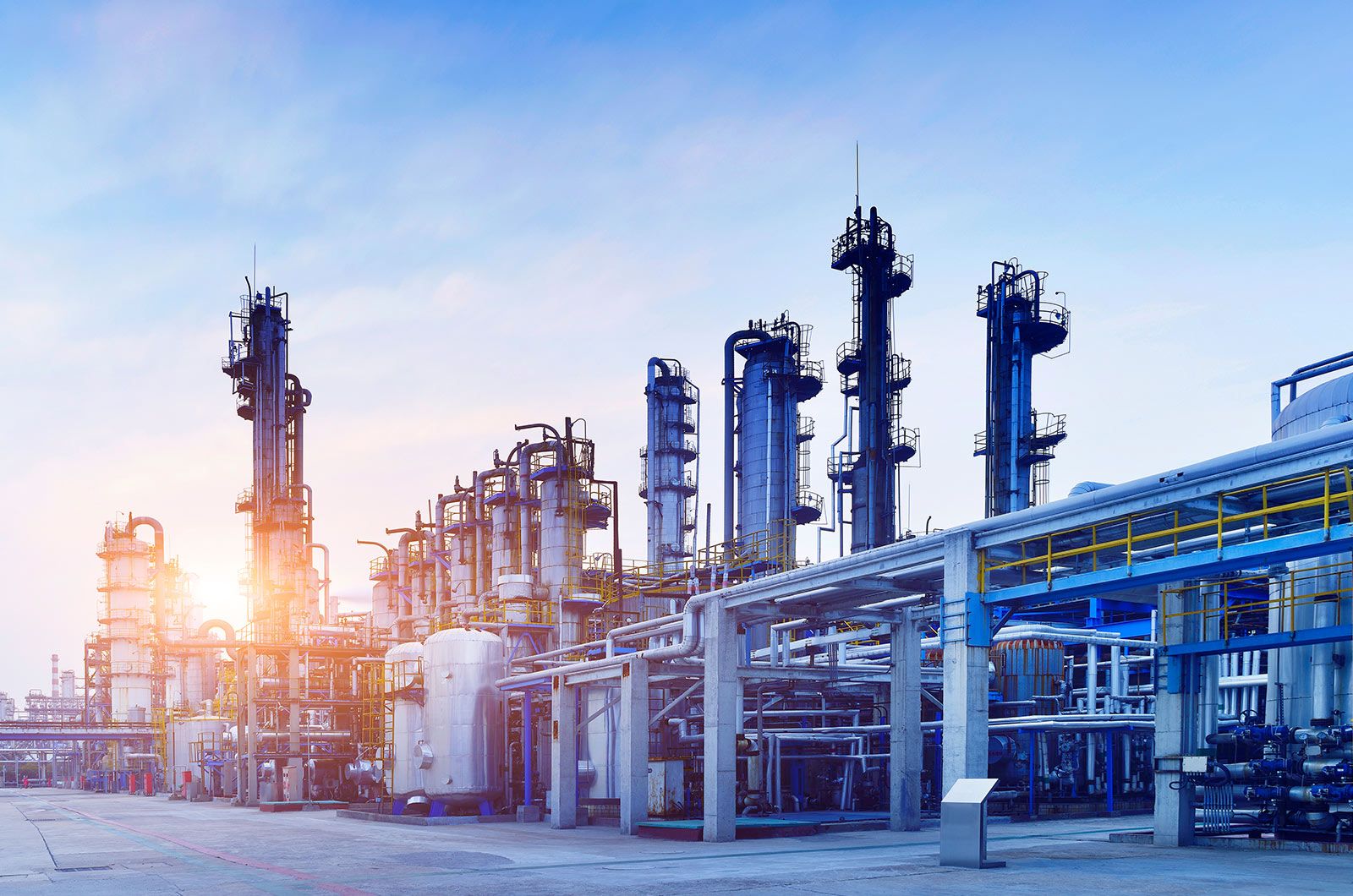
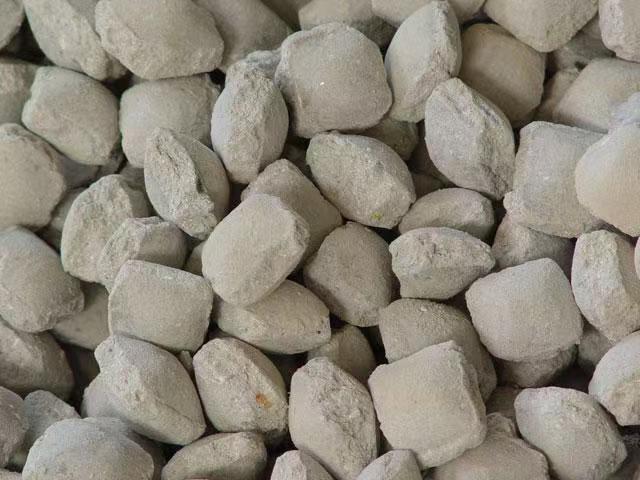
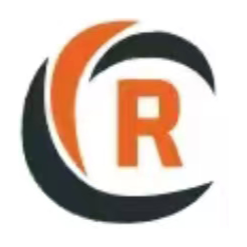


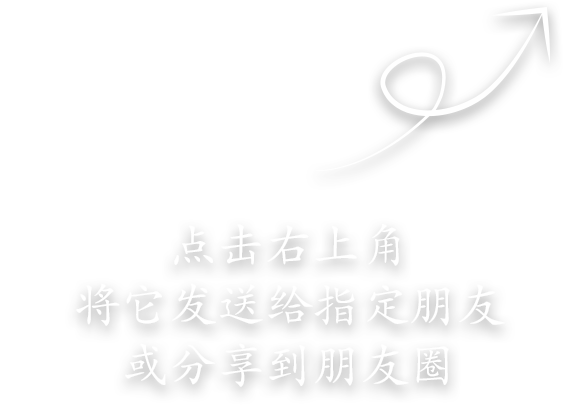
Please first Loginlater ~